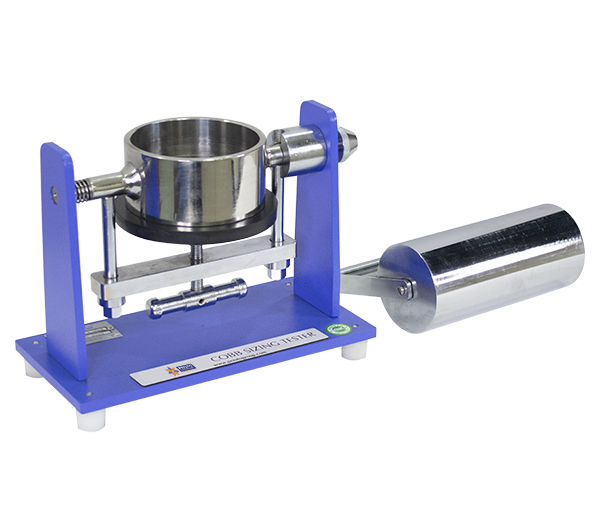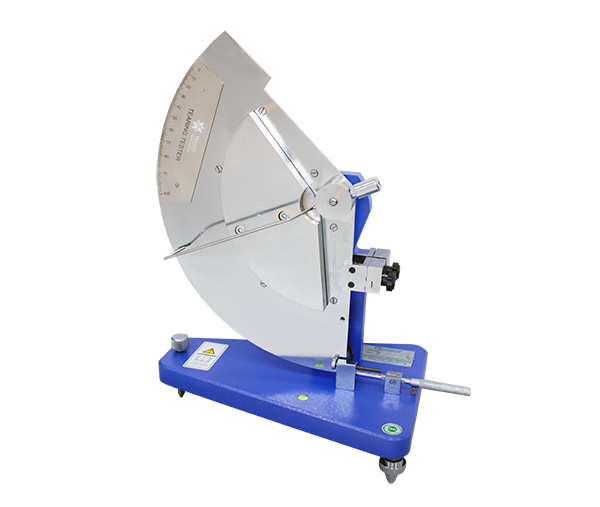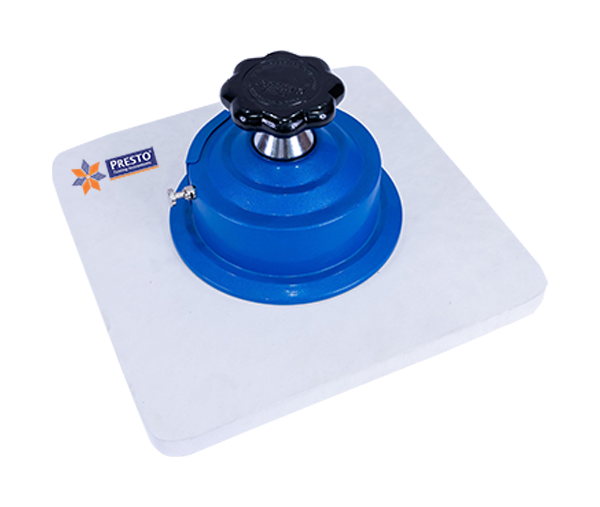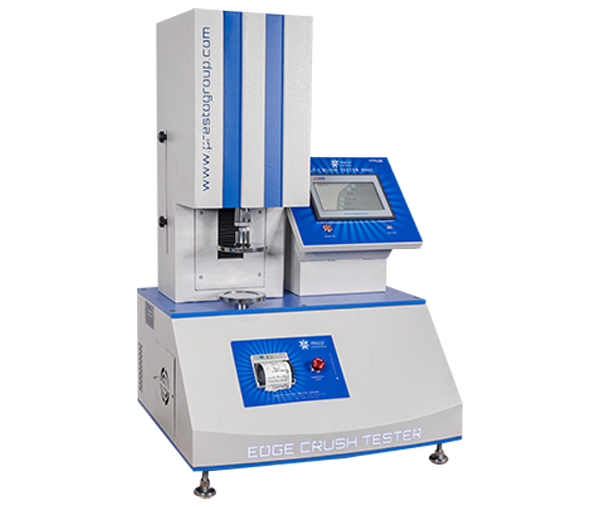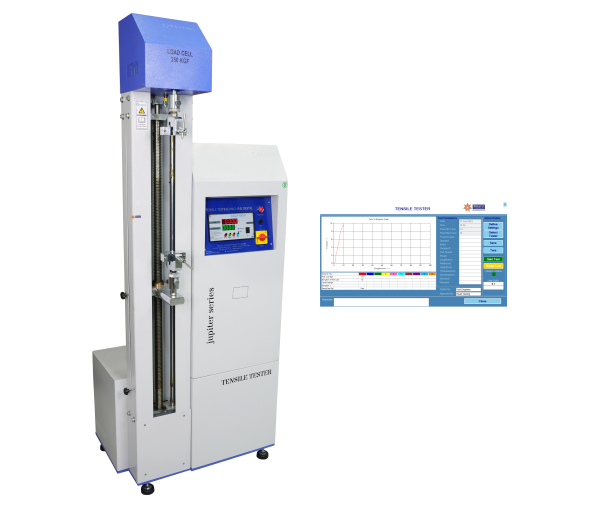
Tensile Testing Machine Digital Cum Computerized Model
5 out of 354
Testing the tensile strength of materials is an important step in the production process. Tensile testing is done for many different reasons, but most commonly to see if the material will break under pressure or not. If it does not, then there are other tests that can b..read more
We all know that the best way to test materials for their physical properties is through tensile testing. This method involves using an instrument with a calibrated force gauge attached to it in order to measure how much force can be applied to a material before it breaks apart under stress. It will help you determine if your product's strength matches its specifications so there won't be any surprises during the delivery or installation stage. We have been selling these instruments for more than 25 years so we guarantee only top-quality equipment at affordable prices. To know how this testing instrument works, you can easily follow the below-mentioned steps.
- To start with the test, you need to prepare the specimen first. You can prepare a dumb shell shape specimen and place it on the dumbbell cutting die. For rectangular shape specimen cut a Strip of 25 mm width and appropriate length.
- You should make sure that marking should be done in such a way that the distance between the grips of the machine is 100 mm after clamping of the specimen.
- After preparing the specimen, you need to start the machine by plugging it into a 5 amp, 220 Volts AC.
- Place the upper side of the specimen between the upper fixed grips and tighten the grip firmly. Now bring the lower movable grip upwards so that the specimen can easily reach the grips. Ensure that the lower limit switch ring is placed at a position that keeps a minimum distance of 25 mm.
- Now place the lower end of the specimen between the lower grips and tighten the grip firmly. Make sure that the specimen is placed in the center of the grips.
- Once you follow all the above steps, then you can commence the test.
In this way, you can easily conduct the tensile test of the specimen.
Features of Tensile Testing Machine Digital Cum Computerized Model
- High testing range.
- Vice-type clamping grips for firm gripping of test specimen (standard grip).
- Advanced peak load indicator for accurate readout and storage of test results.
- Limit switches protection for the protection of grips and the machine.
- Powder-coated body with corrosion resistance.
- Available in different capacities as per client’s requirements.
- Online test run status can be viewed graphically or in raw data form
- Secured working with key protection feature
- Test Control Wizard to set test parameters like tension, compression, changeable units in Kgs/N/lbs or cm/mm/inch.
- Single Test start with one-click entry of the mouse
- Twin column rugged structure
- Safety limit switches for over travel safety
- Load cell calibrated by NPL approved proving ring/dynamometers
Technical specifications
- Maximum Load range: 500 kgf
- Test Speed Range: 100 mm/min. or 200 mm/min.
- Load Monitoring: Peak Load indicator with digital readout and peak hold feature
- Load Sensor: S-type Load Cell.
- Clamping mechanism: Vice type clamping Grips
- Load accuracy: ±3% full scale (with the master load.)
- Elongation: ±3% full scale
- Least count: 500 kgf/ 200 gm
- Load Cell Overload safety: <80% of the total load.
- Drive mechanism: Basic belt & pulley mechanism with two changeable speeds
- Safety Feature: Up and down fixed and movable limit switch rings.
- Over Load relay contact rating: Potential free relay 5 Amp. 220 V AC single phase
- Earthing Required: Proper earthing required corresponding to not more than 4 V AC with respect to Neutral.
Related Products
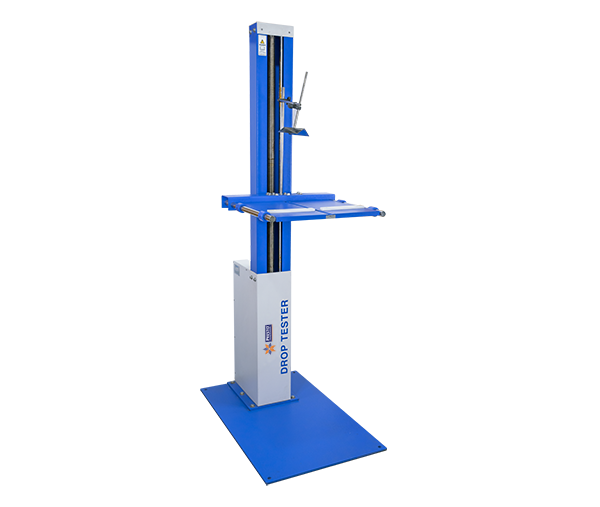
Drop Tester
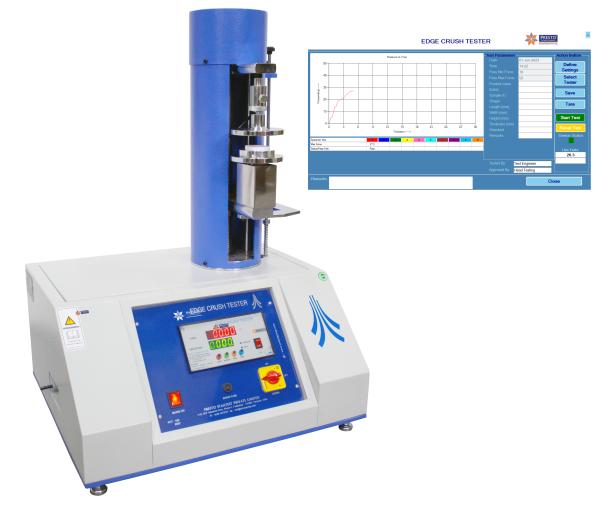
Crush /RCT/ECT /FCT- Digital cum Computerized Model
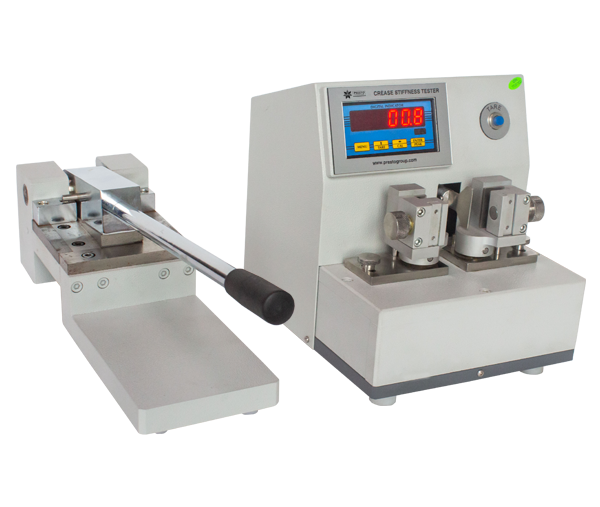
Crease Stiffness tester
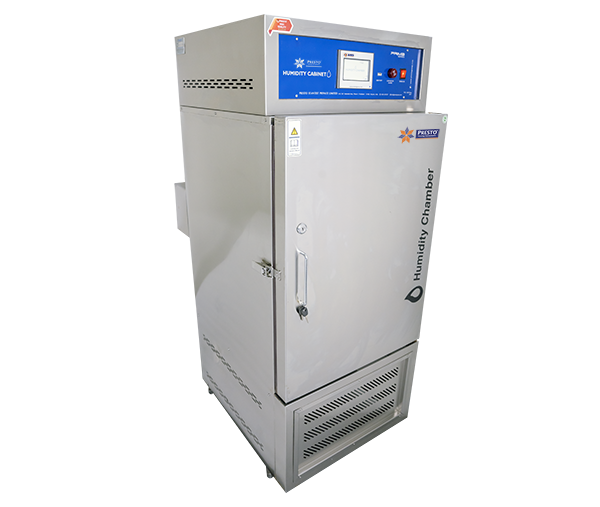
Humidity / Conditioning Chamber – Prima Series
Tensile Testing Machine Digital Cum Computerized Model
5 out of 354
Testing the tensile strength of materials is an important step in the production process. Tensile testing is done for many different reasons, but most commonly to see if the material will break under pressure or not. If it does not, then there are other tests that can be done to determine what the breaking point of the material would be. If you are working in different industries like aerospace, automotive, metals, and construction, electronics, etc. then the use of this testing instrument becomes significant. Therefore, we at Presto come with Tensile Tester Computerized cum Digital Model ATTM 50 (C). This testing instrument will help to measure the tensile strength of various products and materials. During testing with Tensile Testing Machine, the test specimen is clamped between the two jaws and moved in the opposite direction.
This testing instrument is best for quality analysis of materials and products in QC labs as well as mainstream production chains. With the help of this testing instrument, you can create high tensile forces that are further used for various testing and analysis. The instrument is provided with a limit switch which acts as a safety feature for the machine and limits the movement of grips of the machine. . The out body is fabricated with mild steel which is duly powder coated. There is a digital peak load indicator provided with the instrument for a digital readout of the test results. The limit switch provided with the instrument is one of the best safety features that prevent the collision of grips.
The Presto Tensile strength tester is based on the principle of a constant rate of traverse and consists of two jaws. The upper jaw of this testing equipment is flexible to move, however, the upper jaw is stationary. The lower jaw movement will help you to calculate the tensile strength of the material.
If you are a manufacturer of high-quality products, then you must know that quality control is one of the most important aspects. You need to ensure that your product meets all the requirements and standards set. The Presto tensile strength tester will help you to test the physical properties of materials through effective tensile testing. This method involves using an instrument with a calibrated force gauge attached to it in order to measure how much force can be applied to a material before it breaks apart under stress. To make sure that your products meet all standards and regulations, use this Tensile Tester from Presto. It will help you to determine if your product's strength matches its specifications so there won't be any surprises during the delivery or installation stage. We have been selling these instruments for over 25 years now so we guarantee only top-quality equipment at affordable prices.
With this new product, you can now perform accurate tensile tests on your own without any need for special equipment or training. This device will allow you to conduct tensile tests with ease using advanced technology. You'll never have to worry about substandard products again because you'll always know how strong they really are before putting them into use.
We all know that the best way to test materials for their physical properties is through tensile testing. This method involves using an instrument with a calibrated force gauge attached to it in order to measure how much force can be applied to a material before it breaks apart under stress. It will help you determine if your product's strength matches its specifications so there won't be any surprises during the delivery or installation stage. We have been selling these instruments for more than 25 years so we guarantee only top-quality equipment at affordable prices. To know how this testing instrument works, you can easily follow the below-mentioned steps.
- To start with the test, you need to prepare the specimen first. You can prepare a dumb shell shape specimen and place it on the dumbbell cutting die. For rectangular shape specimen cut a Strip of 25 mm width and appropriate length.
- You should make sure that marking should be done in such a way that the distance between the grips of the machine is 100 mm after clamping of the specimen.
- After preparing the specimen, you need to start the machine by plugging it into a 5 amp, 220 Volts AC.
- Place the upper side of the specimen between the upper fixed grips and tighten the grip firmly. Now bring the lower movable grip upwards so that the specimen can easily reach the grips. Ensure that the lower limit switch ring is placed at a position that keeps a minimum distance of 25 mm.
- Now place the lower end of the specimen between the lower grips and tighten the grip firmly. Make sure that the specimen is placed in the center of the grips.
- Once you follow all the above steps, then you can commence the test.
In this way, you can easily conduct the tensile test of the specimen.
Features of Tensile Testing Machine Digital Cum Computerized Model
- High testing range.
- Vice-type clamping grips for firm gripping of test specimen (standard grip).
- Advanced peak load indicator for accurate readout and storage of test results.
- Limit switches protection for the protection of grips and the machine.
- Powder-coated body with corrosion resistance.
- Available in different capacities as per client’s requirements.
- Online test run status can be viewed graphically or in raw data form
- Secured working with key protection feature
- Test Control Wizard to set test parameters like tension, compression, changeable units in Kgs/N/lbs or cm/mm/inch.
- Single Test start with one-click entry of the mouse
- Twin column rugged structure
- Safety limit switches for over travel safety
- Load cell calibrated by NPL approved proving ring/dynamometers
Technical specifications
- Maximum Load range: 500 kgf
- Test Speed Range: 100 mm/min. or 200 mm/min.
- Load Monitoring: Peak Load indicator with digital readout and peak hold feature
- Load Sensor: S-type Load Cell.
- Clamping mechanism: Vice type clamping Grips
- Load accuracy: ±3% full scale (with the master load.)
- Elongation: ±3% full scale
- Least count: 500 kgf/ 200 gm
- Load Cell Overload safety: <80% of the total load.
- Drive mechanism: Basic belt & pulley mechanism with two changeable speeds
- Safety Feature: Up and down fixed and movable limit switch rings.
- Over Load relay contact rating: Potential free relay 5 Amp. 220 V AC single phase
- Earthing Required: Proper earthing required corresponding to not more than 4 V AC with respect to Neutral.


